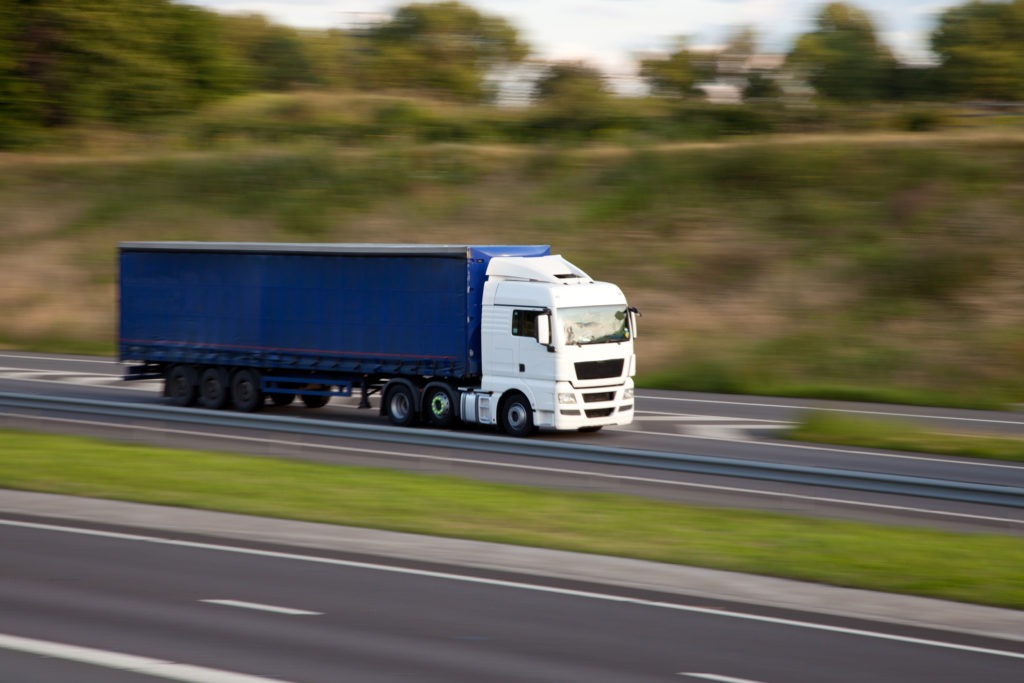Europe puts plans in place on CO2 emission targets for trucks
21 May 2018

21 May 2018
The European Commission has completed its agenda for a low-emission mobility system by putting forward the first ever CO2 emissions standards for heavy-duty vehicles.
In 2025, average CO2 emissions from new trucks will have to be 15% lower than in 2019. For 2030, an indicative reduction target of at least 30% compared to 2019 is proposed. These targets are consistent with the EU’s commitments under the Paris Agreement on climate change and will allow transport companies to make significant savings thanks to lower fuel consumption (€25,000 over five years).
To allow for further CO2 reductions, the Commission is making it easier to design more aerodynamic trucks and is improving labelling for tyres. In addition, the Commission is putting forward a comprehensive action plan for batteries that will help create a competitive and sustainable battery “ecosystem” in Europe.
Commissioner for Climate Action and Energy, Miguel Arias Cañete said: ′All sectors must contribute to meet our climate commitments under the Paris Agreement. That’s why, for the first time ever, we are proposing EU standards to increase fuel efficiency and reduce emissions from new heavy-duty vehicles. These standards represent an opportunity for European industry to consolidate its current leadership position on innovative technologies.’
The European Automobile Manufacturers’ Association (ACEA) has welcomed the Commission’s two-step approach and supports the proposal to validate the indicative 2030 target at a later point, as this would allow the latest fuel efficiency technologies available at that point in time to be taken into account.
Too high
However, the body believes that the reduction levels proposed by the Commission for 2025 and 2030 are far too aggressive, and have not been selected with the specific nature of the truck market in mind. Given that the product development of heavy-duty vehicles to be sold in 2025 is already underway right now, the 2025 ambition level is too stringent given the short lead-time for this first-ever CO2 target.
″It would seem as though the Commission has simply taken the exact CO2 reduction levels it already proposed for cars and vans, and applied them directly to heavy-duty vehicles, without fully recognising the fundamental differences between these vehicle segments,″ said ACEA Secretary General, Erik Jonnaert. Moreover, the fact that the 15% reduction by 2025 is followed by another 15% by 2030 goes against a realistic technology ramp-up, as the most advanced fuel-saving technologies will take time to be developed.
The European truck industry also welcomes the fact that 2019 has been set as the baseline year for these targets, as from that point on all EU truck makers will use the same calculation tool (VECTO) to declare and report the CO2 emissions from a wide range of trucks. This will allow for real data comparability across vehicles and manufacturers, providing a robust baseline for future standards.
ACEA accepts the introduction of CO2 standards for trucks but calls for them to be carefully and properly designed, bearing in mind the importance and complexity of the market.
Depending on their mission, most trucks are custom-built on an individual basis to meet specific requirements. They can vary from the number of axles to the size of the engine, fuel tank or cab, to the height of the chassis. When taking the complete vehicle into account – a rigid body or a tractor plus a trailer – the truck market becomes even more complex.